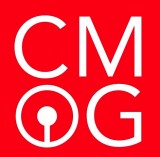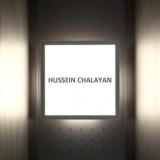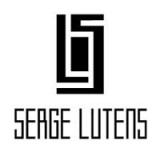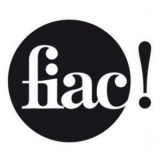
Centre d’innovation et de design du Grand Hornu
International Institutions & Museums
Situated in the heart of the Province of Hainaut, a short distance from the cities of Mons and Valenciennes, Grand-Hornu is one of the finest examples of neoclassical industrial heritage in Europe.
This monumental complex was built in the 19th century by Henri Degorge, a French entrepreneur who was tempted by the coal mining venture.
The site began operating at the height of the industrial revolution, in a region which at the time was the second most important in industrial terms in the world!
The early years were difficult, but the Grand-Hornu Colliery soon became one of the largest mining companies in the newly independent Belgium, producing and exporting to an area extending from the Nord region of France to south of the Paris Region, providing over 50% of its requirements.
The colliery became a symbol of the coal industry throughout Belgian and French Hainaut, and was also an incredible technological, social and human laboratory.
New extraction technologies and new steam-powered machines were invented at Hornu, and the country’s first private railway was built there, to support the company’s economic development.
A terraced housing district with 450 houses was also built, providing Grand-Hornu colliery workers with more comfortable living conditions. These houses were spacious and solidly built, equipped with hot water and had gardens. A school was founded, along with a dancehall, shops and a chemist’s… Such facilities could not be boasted at any other workers’ district in the surrounding area.
The post-war period plunged Grand-Hornu into a long hibernation, when the Treaty establishing the European Coal and Steel Community was signed (ECSC) in 1954, in order to rationalise production. Industrial operations ceased and the site was abandoned.
When in the late 1960s a handful of heritage enthusiasts campaigned to save it from impending destruction, the site was no more than a shadow of its former self, having been made derelict by the elements and vandalism.
In 1971, the architect Henri Guchez purchased the site and definitively secured its salvation. He began an initial renovation phase and established his firm there.
The Province de Hainaut began the second phase of renovation works in 1989. At this time, it had just acquired the site upon the initiative of Claude Durieux, the present-day Governor of the Province.
The ASBL Grand-Hornu Images, which was created in 1984, then established its offices there and pursued its threefold mission: heritage, tourism and culture. It secured the recognition of Grand-Hornu by major international heritage associations and manages the complex, so that the public is able to discover it once more.
In the early 1990s, the French Community’s decision to establish its future Museum of Contemporary Arts at Hornu ensured the completion of Grand-Hornu’s renovation. Developing the MAC’s guaranteed that the remaining part of the site would be refurbished.
Since September 2002 and the opening of the Museum of Contemporary Arts at Grand-Hornu, the site is once more open to visitors in all its splendour.After being one of the jewels in the crown of Belgian industry, the Grand-Hornu site is now one of Belgium’s leading cultural centres. It has been given a new lease of life and every year welcomes some 75,000 visitors from across Europe.




























































































































































